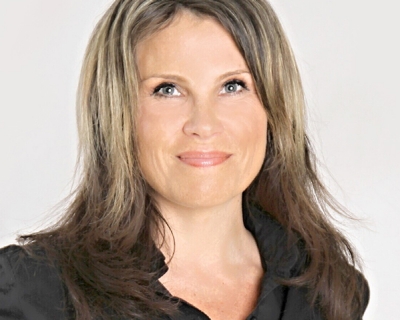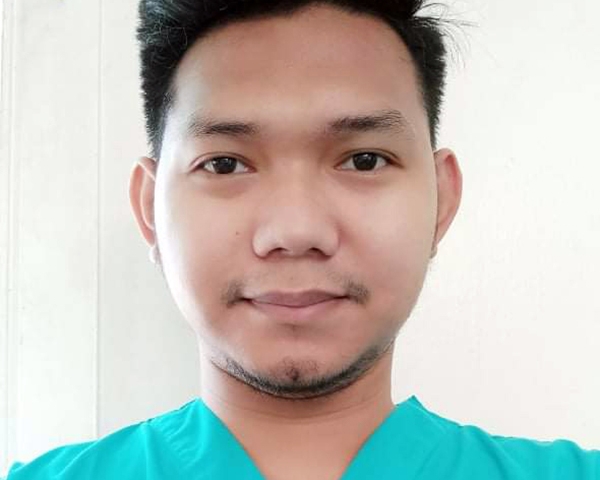United States | Less risk with extra-long IV Extension Sets
At the start of the coronavirus pandemic, PPE in the United States was scarce. To bypass the problem, ICU nurses found a simple yet very effective method: They extended the IV sets and cables for the infusion pumps, allowing them to move the pumps outside the patient rooms in the COVID-19 wards. Nurses no longer had to enter the room every time they had to make adjustments on the pump or change IV solutions, which lowered the requirements for PPE and helped lowered the risk of transmission. When B. Braun‘s medical affairs team led by Dr. Angela Karpf found out about this solution, they worked with other functions to identify the right extension sets and IV tubings, and to ensure these extralong IV tubings were available.
Dr. Karpf, how did you find out about the idea of using extra-long IV sets to limit the risk of infection?
The sales and training teams at B. Braun are our eyes and ears: Even during the crisis, they were still there at the hospitals and in constant contact with customers. In March 2020, they saw that a lot of infusion pumps were standing outside of the patients’ rooms - and we realized that more and more hospitals were asking for extra-long IV sets.
How were you able to help the doctors, nurses and patients with this solution?
We immediately identified the right IV sets and ensured to get enough available to help as many ICUs as possible. To us, getting them wasn’t the only important thing, it was also important that the kits were suitable for this kind of use and were safe. We also wanted to supply training materials, since most nursing staff only very rarelyuse extra-long IV extension sets. The Medical Affairs, Research & Development, Marketing, and Operations departments at B. Braun as well as the production facilities in the Dominican Republic worked together on all of these aspects. On March 28, we got it done. It was really admirable teamwork.
Why did you and your team decide to take on this responsibility?
For the safety of the nurses and the patients. When we saw that we could help with a solution, we didn’t hesitate for a second.
What gives you hope?
I’ve noticed that we can do anything as a team. That we, as an organization, can put our heads together to find solutions so quickly and to recognize and overcome potential hurdles. With this knowledge, I feel ready for the next challenges this pandemic or other crises could bring.











